Protecting the Amazon to protect the planet
Text by Nayra Palacios Miquel – Translation by Claudia Oudet – – This article was originally published on www.elcafelatino.org
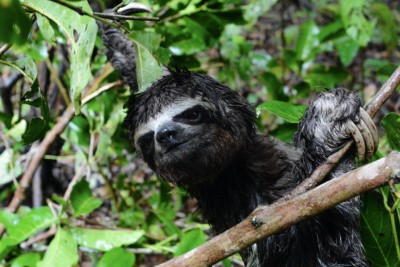
The Amazon is a heritage that unites us all. A paradise covering 7.9 million km², which includes Brazil, Peru, Ecuador, Colombia, Venezuela and Bolivia. However, not enough is said about the danger it faces. Between April and August 2021, the Peruvian Amazon lost 12,345 hectares to deforestation.
The Colombian Amazon lost 52,000 hectares in the first half of 2022. The most affected area is undoubtedly the Brazilian Amazon, which lost 1,120 km² of indigenous vegetation in June 2022 alone.
The natural and cultural wealth of the Amazon exists because of its indigenous tribes, but it has been threatened for many years, whether by illegal loggers, drug trafficking groups or unscrupulous companies that only think about their profit. In the last 36 years, the Amazon has lost 17% of its vegetation. If the 20-25% mark of total deforestation is passed, a point of no return will be reached. The Panel Científico por la Amazonía (Scientific Panel for the Amazon) warns of the danger of the Amazon becoming a savannah, an area where trees are scarce and sparse. This would increase the risk of forest fires and cause humidification problems.
The Montreal COP15 for biodiversity committed to protecting 30% of the world’s seas and lands, and restoring 30% of damaged areas by 2030. Biodiversity is essential for protecting the planet and maintaining a balance between all species and nature. More than 110 states have committed themselves to this treaty, which protects not only nature but also the people who live in it.
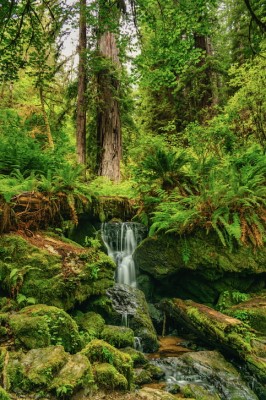
Credit: Brandon Frie
Another specific agreement is that European companies will have to ensure that the materials they import, whether wood, soy or palm oil, do not come from protected areas. All these pacts will help reduce the risk of species extinction and protect biodiversity.
But more than that, they are a wake-up call for humanity, governments and business. The tipping point is approaching and although organisations such as the IPCC explain that there are only three years left to reduce CO2 emissions and save the planet, the changes are not commensurate with the current problems and consequences.
The question is how to help stop this deforestation by being far from Latin America. One easy solution is to stop supporting the companies that finance it; check which projects our bank is contributing to or what conditions their trade is produced under; buying products with a low CO2 impact or that pay the producers fairly is a good start and a small gesture that everyone can make.
Many NGOs are joining the fight to protect the Amazon. The Amazon Conservation Association has been working for 20 years in the Amazon basin, in the Peruvian and Bolivian Amazon. Amazon Watch not only fights for the conservation of the Amazon, but also for the conservation of and respect for indigenous peoples.
The Rainforest Foundation works with indigenous peoples to develop technologies to protect forests from exploitation and fire. There are many other such partnerships, which can be found online and with which one can easily collaborate. As has already been said, ‘change starts with us’.
RECENT POSTS
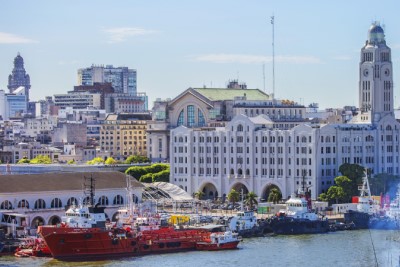
Montevideo, New Headquarters of the Tourism Law Observatory for Latin America and the Caribbean
LATAM NEWS Montevideo, New Headquarters of the Tourism Law Observatory for Latin America and the CaribbeanMontevideo, the capital of Uruguay, has been designated as the headquarters of the Tourism Law Observatory for Latin America and the Caribbean, an initiative...
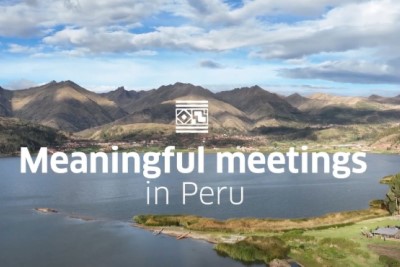
“Meaningful Meetings in Peru 2024”: A New Era for Meeting Tourism
LATAM NEWS “Meaningful Meetings in Peru 2024”: A New Era for Meeting Tourism Peru's Export and Tourism Promotion Agency (PROMPERÚ) recently launched its ‘Meaningful Meetings in Peru 2024’ campaign. This initiative aims to position Peru as a destination of...
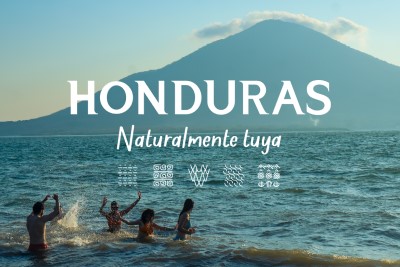
Launch of the ‘Honduras, Naturalmente Tuya’ Brand: A Hymn to Beauty and Diversity
LATAM NEWS Launch of the ‘Honduras, Naturalmente Tuya’ Brand: A Hymn to Beauty and Diversity The Honduran Tourism Institute (IHT) officially launched its new tourism brand, ‘Honduras, Naturalmente Tuya’, at a spectacular event held at Tegucigalpa's Manuel Bonilla...


